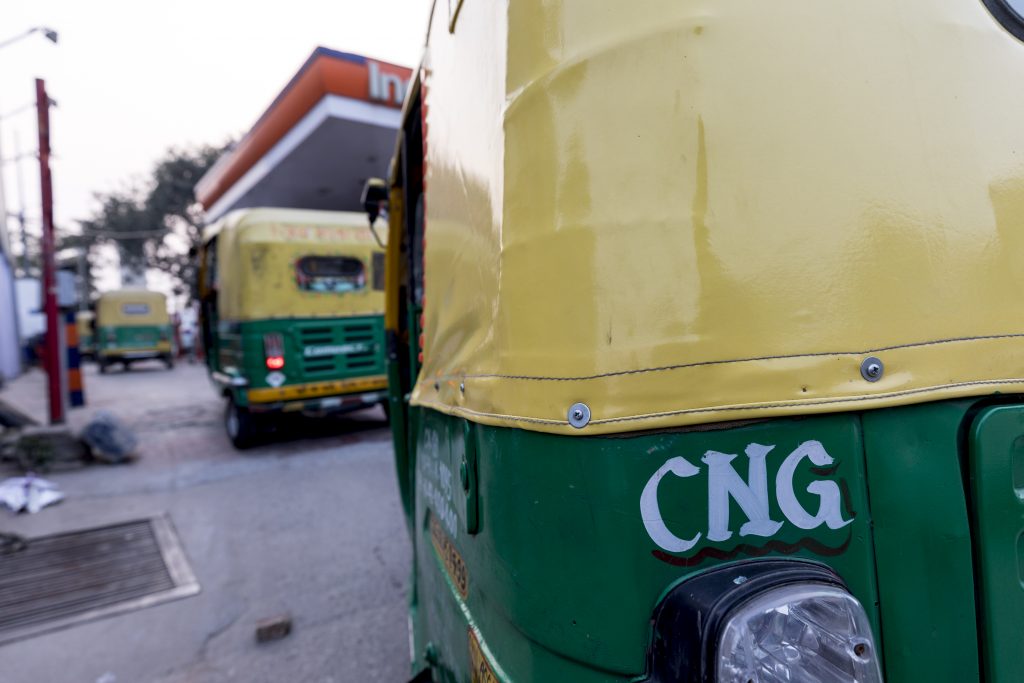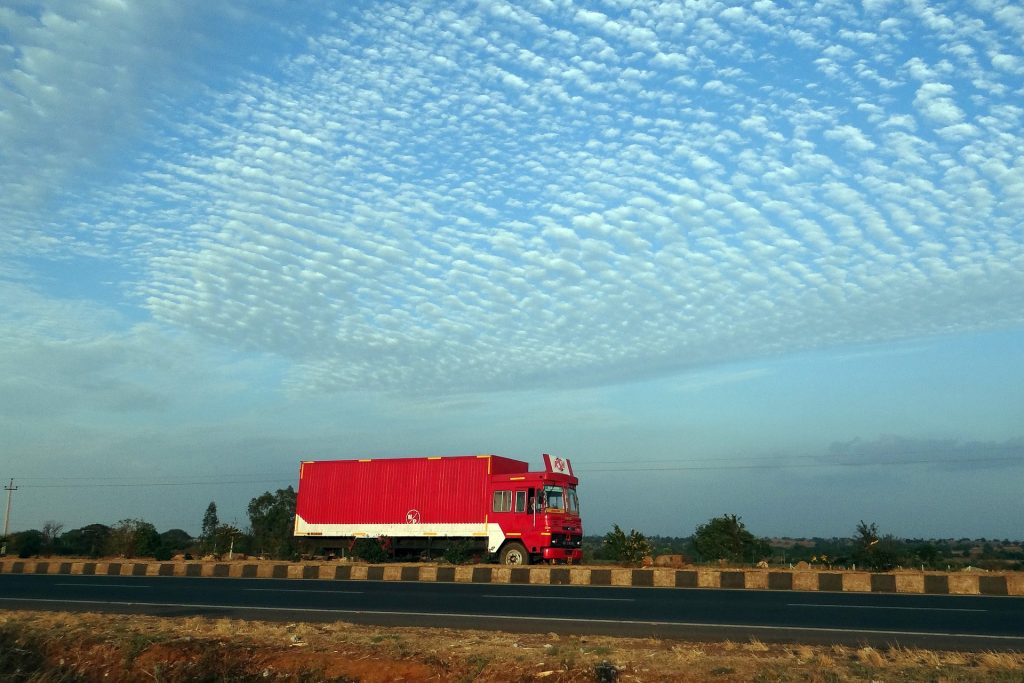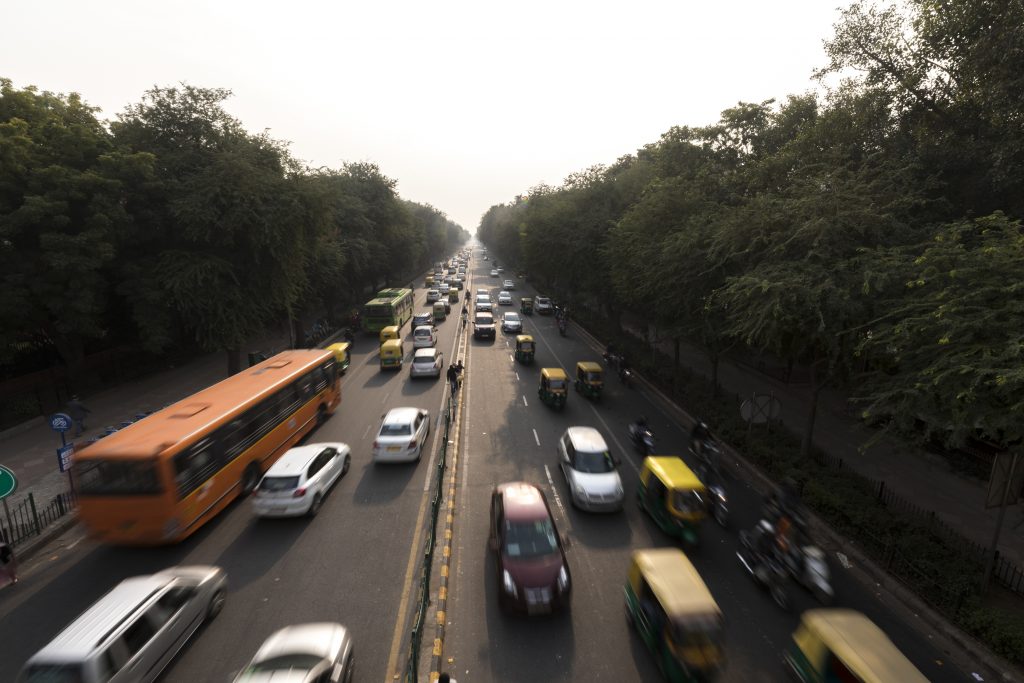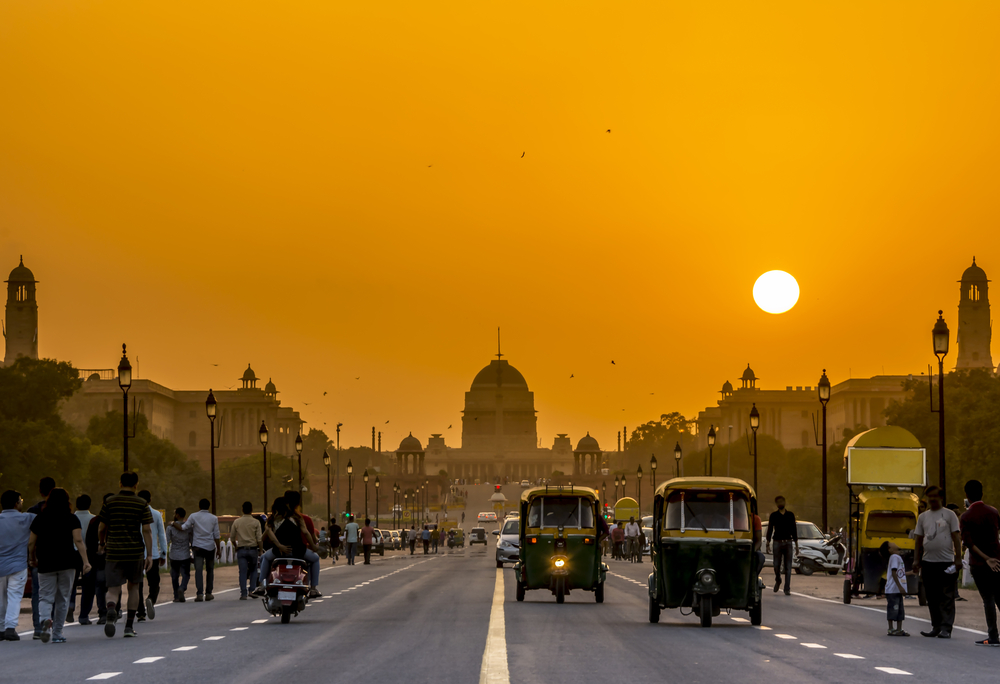*This was written by ExxonMobil India Lead Country Manager Monte Dobson.
And when it comes to powering India, the right idea is a combination of diverse energy sources that provide security, affordability, and accessibility while reducing emissions.
I, and many other industry analysts, believe that natural gas will remain one of India’s go-to energy sources for decades to come. Gas can help meet the country’s growing need for lower-emission energy, improve living standards and reduce air pollution – all while lowering its emissions output.
India recognizes the enduring role of gas in its energy future irrespective of price cycles. Therefore, the country is following an action-oriented approach to grow gas’ share in the primary energy mix to 15% by 2030.
Currently extending to nearly 17,000 km, India’s national gas grid is being expanded to 35,000 km. The 11th City Gas Distribution (CGD) round—which ended in January 2022—is expected to connect 96% of the nation’s population and 86% of its geographic area to the CGD network.
India is also building more LNG terminals: by next year, 17 million tons of LNG capacity will be added to the existing annual capacity of 42.5 million tons. The Ministry of Petroleum and Natural Gas has also expressed interest in ramping up gas storage.
With India upgrading its climate pledge, this massive investment in gas infrastructure is expected to pay long-term dividends across price cycles.
Growing opportunities for gas in transportation
Hard-to-decarbonize sectors, such as transportation, can particularly benefit by switching to gas, which provides valuable efficiency gains with fewer emissions.
Look at India’s transportation sector, where gas is already building on its potential, eyeing a bigger role in powering passenger, utility, and heavy-duty commercial vehicles.
In fact, vehicles powered by compressed natural gas (CNG) continue to grow dramatically in India despite the recent surge in CNG pump prices.

CNG vehicles are increasing in number across the country.
According to the Society of Indian Automobile Manufacturers, CNG sales for passenger vehicles more than doubled in FY22 as compared to the last fiscal year.
Even in the commercial vehicle segment, 49% of the light commercial vehicles sold in FY22 were CNG-powered, compared to 22% in FY21.
CNG vehicle sales are expected to hit a new peak in 2023 with carmakers like Hyundai witnessing a 58% jump in monthly sales, while Maruti Suzuki has pending orders for around 130,000 CNG vehicles and waiting lists of up to 9 months for certain models
This shows that lower running and maintenance costs, coupled with increasing accessibility to CNG stations, are fueling CNG growth, especially in urban India where gas growth in transportation will also help improve air quality.
Currently, India has nearly 4,500 CNG stations, with aggressive plans to set up another 3,500 CNG stations in the next two years and extend the network to 10,000 by 2030.
With CNG looking to enter a sweet spot of growth, liquefied natural gas (LNG) is the next logical step for India to reduce heavy-duty transportation emissions.
LNG for long-haul transport: An idea whose time has come
While both LNG and CNG are natural gas, they are in different states of energy density. Super-chilled and liquid, LNG takes up to three times less space than CNG, providing higher energy density and vehicle range with a similar size of fuel tank.
That makes LNG a viable alternative fuel for India’s long-haul, heavy-duty truck fleets that are currently powered by diesel. The country has more than 10 million trucks, of which the government expects at least a million to run on LNG by 2035.

Much of India’s truck fleet is powered by diesel, but more LNG-powered vehicles are hitting India’s roads.
Bringing LNG into commercial trucking works for India not only as it’s significantly less polluting than diesel and has quieter engines, but can also help reduce demand-side pressure on petrol and diesel, as it has in many other parts of the world.
India is already working to set up LNG-dispensing stations, with plans to build 1,000 LNG stations along the country’s major highways, industrial corridors and mining areas over the next three years.[15]
Additionally, incentivizing OEMs manufacturing LNG-based vehicles, as well as the trucking community for LNG migration, can go some distance in removing the barriers for LNG to become the fuel of choice for India’s large fleet of heavy-duty trucks.
A steady policy focus on natural gas means that opportunities for gas to displace higher-carbon intensity sources, particularly in India’s transportation and industrial sectors, will expand.

More CNG-fuelled vehicles are helping India stay on the move while reducing emissions.
ExxonMobil can help to meet this growing demand for gas-based energy. As a global energy supplier and India’s long-term LNG partner, we are well positioned to deliver natural gas from a global portfolio of large high-quality resources and facilities.
With India revising its emission-reduction targets for 2030, natural gas can do part of the heavy lifting in advancing the nation’s climate and growth goals. We, at ExxonMobil, are looking forward to playing our part.




